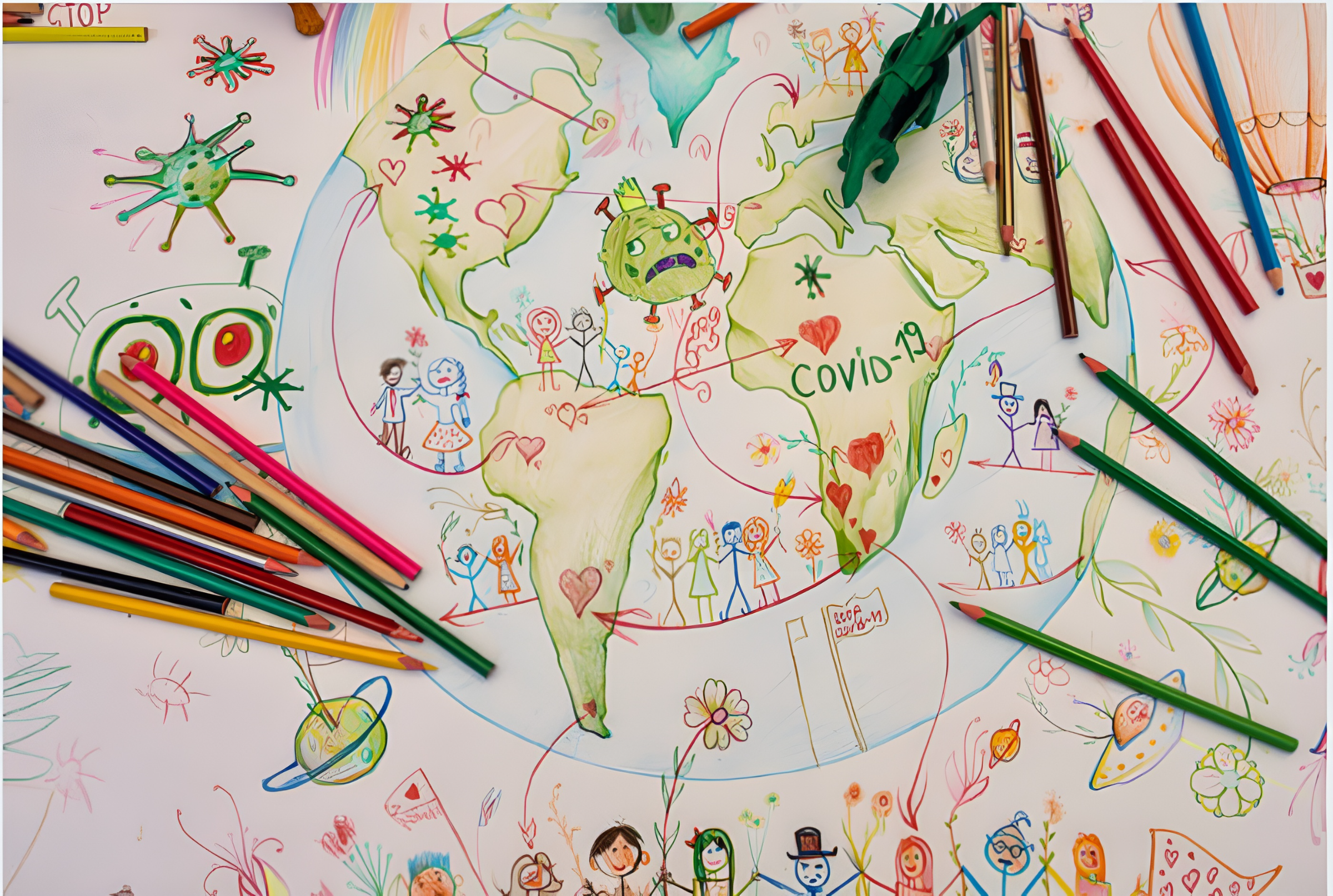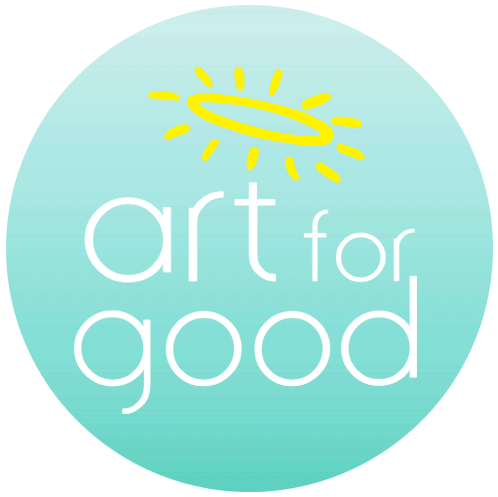
Author: Cathy Malchiodi – PhD
I just got a boarding pass to go on a mission to Mars. I am not kidding; you too can get one by visiting the NASA website and submitting a request. The flight is scheduled to leave in 2026 and because of my age and the fact that I am not the equivalent of astronaut John Glenn, only my boarding pass will be on that flight. But after months of being grounded from travel and flying a small plane due to the pandemic, I desperately need an adventure, even if only one in my mind. I am well into this daydream because I already feel like I am a resident of the International Space Station every time I have to use Zoom to see a patient or talk to a friend.
I have imagined my way through many difficulties throughout my life by pretending a different outcome or scenario. I can recall doing this even as a young child through the arts and play and with the encouragement of my parents to see beyond limitations. In order for anyone to mentally escape the more challenging moments of life, one has to be able to imagine pleasurable events such as travel, adventure, love or whatever helps one to “feel better” in the moment. While my pretend scenarios did not miraculously change my mood or my body’s sense of distress overnight, through imagination gradually I came to believe in something beyond a loss or setback. In part, my own artistic expressions–whether visual, movement, improvisation or performance—are moments of envisioning new experiences that often lead to personal change.

Imagination and the Restoration of Self
As a psychotherapist who has worked with trauma survivors for decades, there is one thing I have learned about restoration of the self. Those individuals who seem to do best are eventually able to imagine new narratives for body and mind. It’s something that we work toward in the process of expressive arts therapy — to develop mental flexibility that allows one to fantasize and create novel thoughts, perceptions, and somatic sensations (Malchiodi, 2020).
Imagining what the future will bring post-pandemic is daunting for most of us. Our brains are wired to choose negative scenarios over positive ones. I know that my worst days so far have been those on which I cannot visualize anything other than my current narrative—unending physical distancing, donning a mask to go pick up groceries, and staring at the computer screen for yet another meeting, webinar, or session with a patient. But in order to get through this marathon, we now must begin to see beyond it with not only imagination, but also with a sense of self-efficacy. What I call “pretend skills” are key to how we will arrive at the finish line months from now.
Fortunately, we know a lot more about imagination than we did a decade ago and particularly why it might be key to recovery from traumatic stress. There is even emerging evidence that the brain’s default mode network (DMN), a distributed system found in the frontal and parietal regions along the midline of the brain as well as the temporal and parietal areas, plays a significant role in the ability to imagine. Of interest to expressive arts therapy, this system may support the creative responses key to trauma reparation and the restoration of the imaginative capacity necessary to healing.
When we talk about using the expressive arts to address traumatic stress, we ultimately are referring to the possibility of exploring new stories through arts-based experiences in order to become whole again. This goes beyond simply making meaning; it is the process of imagining something novel within ourselves, our relationships, and our environment. In order to harness imagination in service of traumatized individuals, psychotherapists can enhance traditional verbal methods with a variety os expressive approaches (movement, sound, music, image making, storytelling, dramatic enactment, and creative writing) to help individuals actively redirect attention away from stressful narratives. I really believe that we cannot be simply “talked into” new stories for mind and body; to become believable, we must experience them on a somatosensory level in ways that also felt in our bodies.
When I think about how we can help others and ourselves through the stress of the current pandemic, I find myself returning to this observation made by van der Kolk (2014) about the role of imagination in the treatment of trauma:
“Imagination is absolutely critical to the quality of our lives. Our imagination enables us to leave our routine everyday existence by fantasizing about travel, food, sex, falling in love, or having the last word—all the things that make life interesting. Imagination gives us the opportunity to envision new possibilities—it is an essential launchpad for making our hopes come true. It fires our creativity, relieves our boredom, alleviates our pain, enhances our pleasure, and enriches our most intimate relationships.”
We now have many examples of how the capacity of imagination can be harnessed for positive changes through expressive approaches. In the field of art therapy, image making has traditionally been used to discharge negative emotions through self-expression. But when it comes to stimulating new narratives with reparative capacities, this may not be the best strategy. Research demonstrates that drawing what is negative may not be the best use of imaginative powers; in fact, using drawing as a distraction away from negative emotions is more helpful when it comes to regulating mood (Drake, Coleman, & Winner, 2011).
Finally, the kinds of cognitions, emotions, and somatosensory experiences we want to make “stick” in individuals are key to eventually helping them imagine new narratives, post-trauma. In other words, if we do not eventually help individuals move away from distress, we leave them with thoughts, feelings, and sensations that will not support narratives of pleasure, confidence, and hope. And for these narratives to mediate the constant tsunami of pandemic stress, they must also enhance a sense of personal agency—a belief in one’s personal efficacy when confronted with challenge.
I know the pretend scenarios that helped me to get through crises, trauma, and loss during childhood have helped me through these challenging times. As a psychotherapist, I have witnessed a similar pathway to transformation in individuals with traumatic stress for decades. I am not saying that any of this is easy. But in order to redirect our attention away from current threats, imagination is one way we have available to negotiate these challenging times, even if momentarily.
Link to the original article to explore more!
References
Drake, J. E., Coleman, K., & Winner, E. (2011). Short-term mood repair through art: Effects of medium and strategy. Art Therapy, 28 (1), 26–30.
Malchiodi, C. A. (2020). Trauma and expressive arts therapy: Brain, body, and imagination in the healing process. New York: Guilford Publications.
van der Kolk, B. A. (2014). The body keeps the score. New York: Penguin.


 Amanda Chen
Amanda Chen